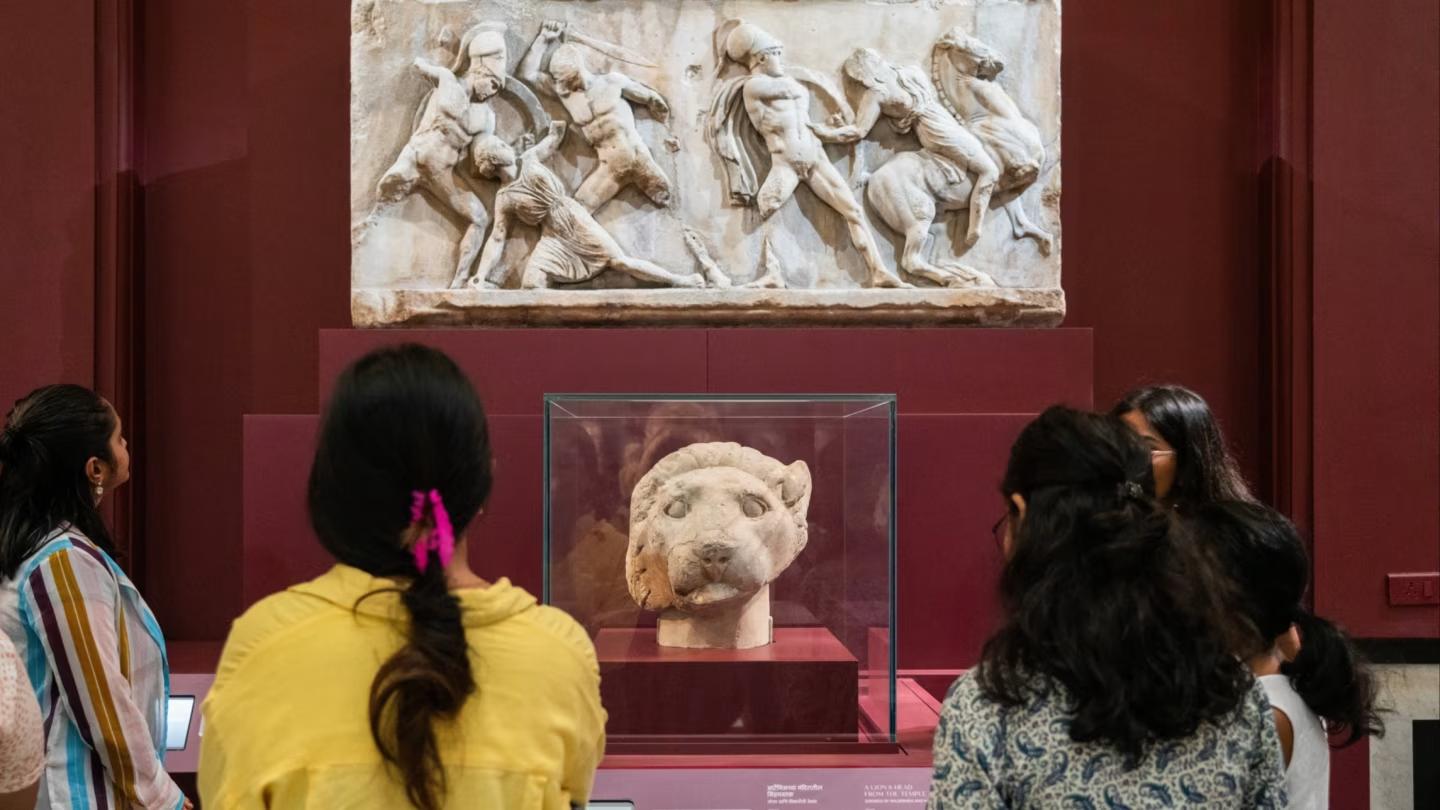Exploring Indian art history through museums offers a deep dive into the rich tapestry of India’s artistic heritage. Museums serve as crucial gateways for understanding the evolution of Indian art, from ancient times to contemporary expressions. Here’s how you can learn about Indian art history through museums and gain insights into this vibrant cultural narrative.
1. Visit Renowned Museums
To start learning about Indian art history through museums, visit some of the country’s most renowned institutions. The National Museum in New Delhi and the Indian Museum in Kolkata are excellent places to see a wide range of artworks spanning different periods and styles. These museums offer comprehensive collections that showcase India’s artistic evolution.

2. Explore Regional Museums
Regional museums are vital for understanding local art traditions. The Dr. Bhau Daji Lad Museum in Mumbai and the Salar Jung Museum in Hyderabad highlight regional styles and historical art forms. By exploring these museums, you can see how Indian art varies across different regions.
3. Attend Special Exhibitions
Museums often host special exhibitions that focus on specific themes or artists. These temporary exhibits provide in-depth insights into particular aspects of Indian art history. Keep an eye on museum calendars to attend these events and gain a deeper understanding of specific topics within Indian art.
4. Take Guided Tours
Many museums offer guided tours that can enhance your learning experience. A knowledgeable guide can provide context and details about the artworks, helping you understand their significance in Indian art history. These tours often include behind-the-scenes information that enriches your visit.
5. Participate in Workshops and Lectures
Museums frequently organize workshops and lectures on various aspects of art. Participating in these educational programs can offer a hands-on approach to learning about Indian art history. You can engage with experts and artists, which adds a practical dimension to your knowledge.
6. Study Museum Catalogues and Publications
Museums often publish catalogues and books related to their collections. These publications provide valuable information about the artworks and their historical context. Reading these resources can deepen your understanding of Indian art history through museums and offer detailed analyses of specific pieces.
7. Examine Artifacts and Sculptures
Museums house a variety of artefacts and sculptures that reflect different periods of Indian history. By examining these objects, you can learn about the materials, techniques, and cultural influences that shaped Indian art. This hands-on approach helps in appreciating the craftsmanship and artistic styles of different eras.
8. Explore Digital Resources
Many museums offer digital resources and virtual tours. These online tools can help you explore museum collections from anywhere in the world. Digital resources often include detailed descriptions and historical context, making them an excellent way to study Indian art history through museums remotely.
9. Learn About Art Movements
Museums provide exhibits and educational materials on these movements, helping you understand their characteristics and impact on Indian art.
10. Compare Traditional and Contemporary Art
Museums offer the opportunity to compare traditional and contemporary Indian art. By viewing both types of art, you can see how artistic styles have evolved and how modern artists interpret traditional themes. This comparison highlights the continuity and change within Indian art.
11. Explore Art Through Different Mediums
Museums showcase these different forms, allowing you to appreciate the diversity of Indian artistic expression. Learning about these mediums can give you a broader perspective on Indian art history.
12. Understand Cultural and Historical Contexts
Museums often provide information about the cultural and historical contexts of artworks. This context helps in grasping the deeper meanings and influences in Indian art.
13. Engage with Interactive Displays
Some museums feature interactive displays that allow you to engage with art in new ways. These interactive elements can make learning about Indian art history through museums more engaging and memorable, offering a hands-on experience of art and its processes.
14. Attend Museum Events and Programs
Museums often host events such as artist talks, film screenings, and panel discussions. Attending these programs can provide additional insights into Indian art history and connect you with the broader art community.
15. Reflect on Your Museum Experience
After visiting a museum, take time to reflect on what you’ve learned. Consider how the artworks and exhibits have influenced your understanding of Indian art history. Reflecting on your experience can help consolidate your knowledge and appreciation of the subject.
Conclusion
Indian art history through museums offers a rich and immersive experience for anyone interested in this vibrant field. By visiting renowned and regional museums, participating in educational programs, and exploring various resources, you can gain a comprehensive understanding of India’s artistic heritage. Museums provide valuable insights into the evolution of Indian art, making them essential for anyone looking to explore and appreciate this diverse and dynamic art form.

